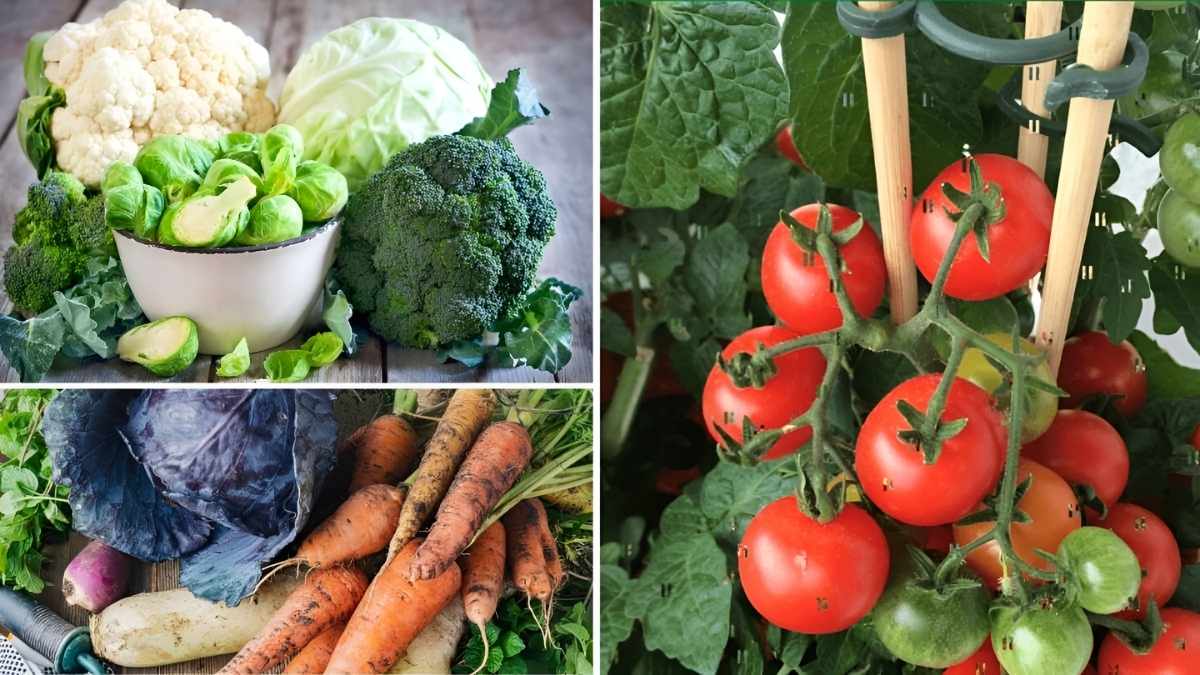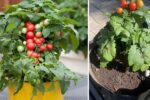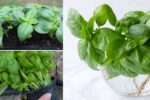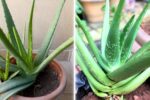Winter can feel like a challenging time for gardeners. Short days, cold temperatures, and frost make traditional outdoor gardening difficult in many regions. Fortunately, indoor gardening offers a solution, allowing you to grow fresh vegetables year-round. By controlling light, temperature, and soil conditions, you can create a thriving winter vegetable garden, even when it’s freezing outside.
Here are seven winter vegetables that are perfect for indoor gardening, along with tips on care, setup, and harvesting.
Leafy Greens: Spinach, Kale, and Lettuce
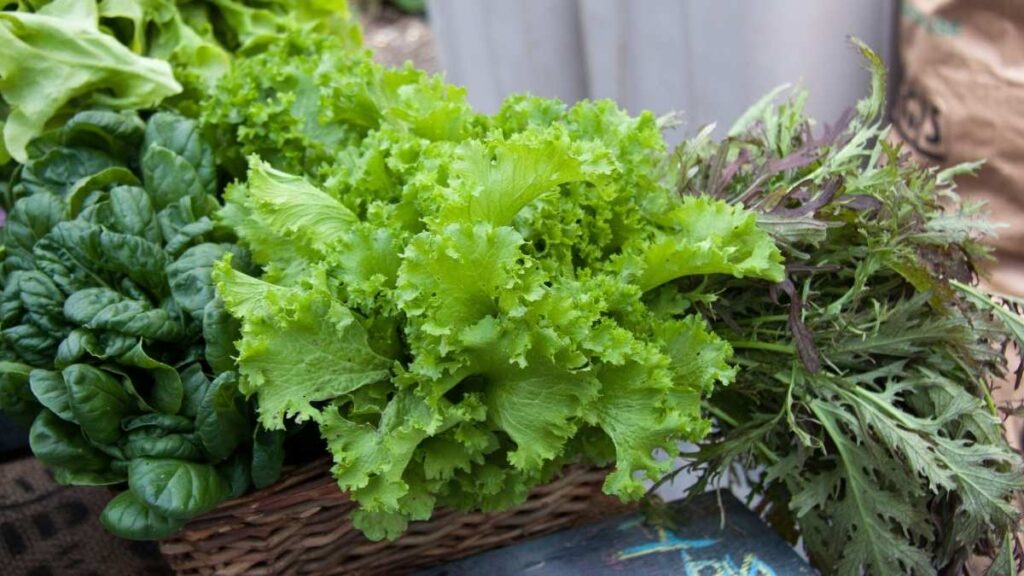
Leafy greens are a top choice for indoor winter gardens because they grow quickly and thrive in cooler temperatures. Spinach, kale, and lettuce are nutrient-rich, providing vitamins and minerals essential for a healthy diet. They require minimal space, making them ideal for small indoor setups like windowsills or shelves. With proper care, you can enjoy multiple harvests throughout the winter. Their tender leaves are perfect for salads, smoothies, and soups.
How to Grow:
- Containers: Use shallow pots or trays at least 6–8 inches deep.
- Soil: Light, well-draining potting mix enriched with compost.
- Light: 12–16 hours of sunlight or supplemental grow lights.
- Watering: Keep soil consistently moist without waterlogging.
- Harvesting: Snip leaves when they reach 4–6 inches; use a cut-and-come-again method for continuous growth.
Benefits:
- Quick growth with frequent harvests.
- Nutrient-packed for salads, soups, and smoothies.
- Compact size fits small indoor spaces.
Tip: Plant a variety of greens to stagger harvests and enjoy fresh leaves all winter.
Carrots
Carrots are a versatile root vegetable that can grow well indoors with deep containers. They prefer loose, sandy soil that allows roots to grow straight and healthy. Carrots provide a sweet, crunchy snack or a nutritious addition to winter dishes. Different varieties, from baby carrots to longer Nantes types, can thrive indoors with consistent light and moisture. Regular thinning ensures proper root development and a bountiful harvest.
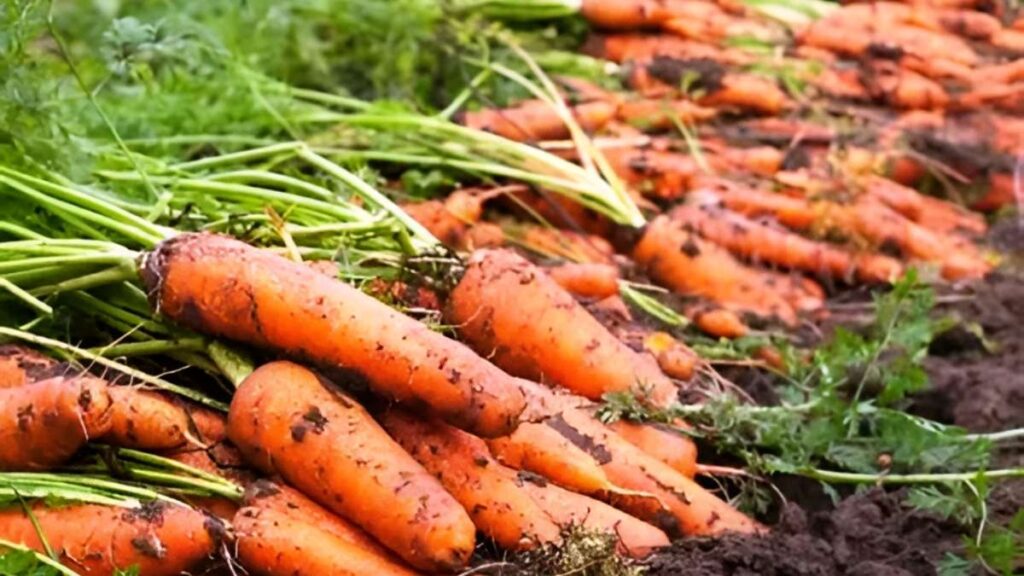
How to Grow:
- Containers: At least 12 inches deep for straight, healthy roots.
- Soil: Loose, sandy, well-draining mix to prevent forked roots.
- Light: Bright, indirect sunlight or 12 hours under grow lights.
- Watering: Keep soil evenly moist.
- Harvesting: Ready in 8–12 weeks, depending on the variety.
Benefits:
- Sweet, crunchy roots for snacking or cooking.
- Multiple varieties available, from baby carrots to Nantes types.
- Frost-free indoor growth ensures consistent quality.
Tip: Thin seedlings early to prevent overcrowding and allow roots to develop properly.
Radishes
Radishes are fast-growing, making them ideal for gardeners who want quick results. They mature in just 3–6 weeks, offering a fresh and spicy addition to salads and winter meals. Radishes grow well in shallow containers with loose, nutrient-rich soil. They are low-maintenance, requiring only consistent watering and adequate light. Their rapid growth allows you to plant successive crops for continuous harvests throughout the winter.
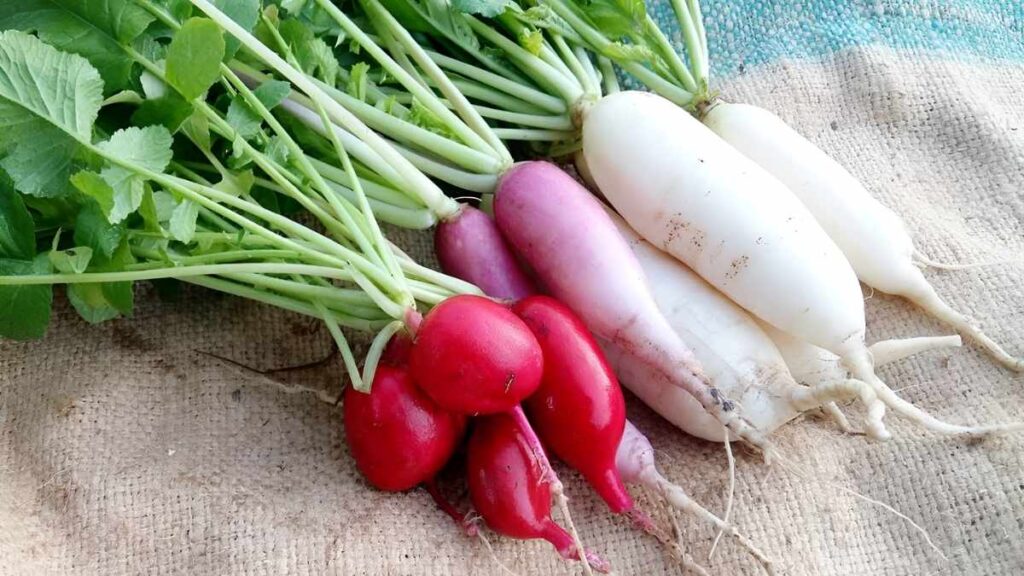
How to Grow:
- Containers: Shallow pots 6–8 inches deep.
- Soil: Loose, well-draining mix rich in organic matter.
- Light: 12 hours of bright daily light.
- Watering: Keep soil evenly moist.
- Harvesting: Pull roots when firm and appropriately sized.
Benefits:
- Fast turnaround allows multiple plantings.
- Adds spice and crunch to salads and winter dishes.
- Minimal maintenance, perfect for beginners.
Tip: Avoid leaving radishes in soil too long, or they can become woody.
Green Onions (Scallions)
Green onions are highly adaptable and grow easily in small pots or jars on a sunny windowsill. They can be harvested repeatedly by cutting the green tops while leaving the bulbs to regrow. These onions add flavor to soups, salads, and stir-fries and can even regrow from kitchen scraps in water. Green onions require moderate light and slightly moist soil for healthy growth. Their compact size and continuous harvest make them perfect for indoor gardening.
How to Grow:
- Containers: Small pots or recycled jars, 4–6 inches deep.
- Soil: Loose, well-draining potting mix.
- Light: 12 hours of sunlight or artificial light daily.
- Watering: Keep soil slightly moist.
- Harvesting: Cut tops at 6–8 inches, leaving bulbs to regrow.
Benefits:
- Continuous harvest with proper care.
- Adds flavor to soups, stir-fries, and salads.
- Can regrow from kitchen scraps by placing root ends in water temporarily.
Tip: Rotate containers to ensure even sunlight and consistent growth.
Herbs: Parsley, Cilantro, and Chives
Fresh herbs are a winter kitchen essential, enhancing the flavor and nutrition of meals. Parsley, cilantro, and chives grow well in small indoor pots with light, well-draining soil. They require 12–16 hours of sunlight or grow lights and regular harvesting to encourage bushy growth. Herbs are compact, making them ideal for windowsills or small indoor gardens. Growing your own herbs ensures a constant supply of fresh leaves for cooking and garnishing.
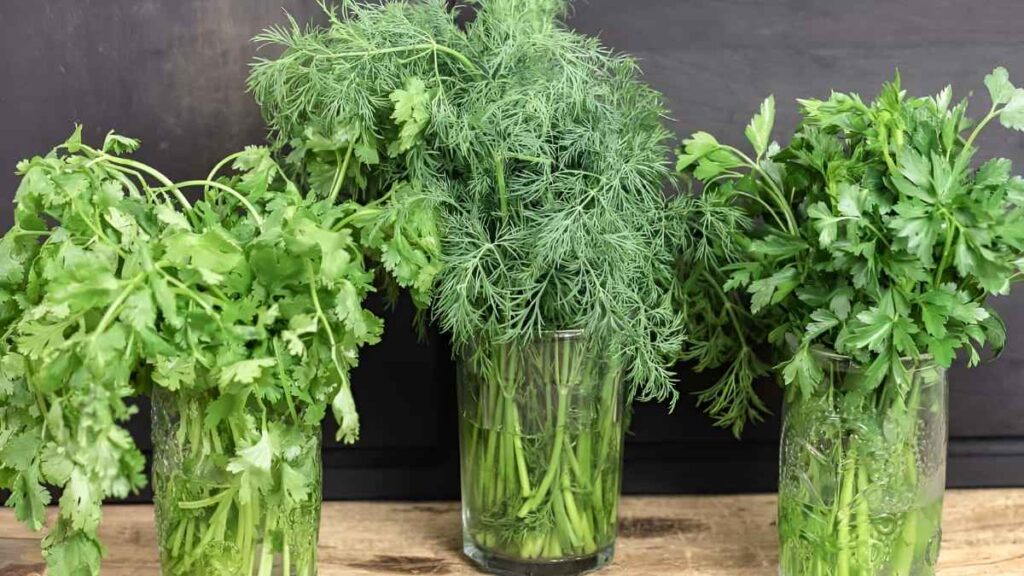
How to Grow:
- Containers: Small pots 6 inches deep or window boxes.
- Soil: Light, well-draining potting mix.
- Light: 12–16 hours of sunlight or grow lights.
- Watering: Keep soil evenly moist, letting the surface dry slightly between watering.
- Harvesting: Snip leaves regularly to encourage bushy growth.
Benefits:
- Enhances flavor in winter dishes.
- Compact size fits small indoor spaces.
- Continuous regrowth allows year-round harvests.
Tip: Rotate herbs often for even growth and prevent early flowering.
Beets
Beets are a dual-purpose crop, offering both edible roots and nutritious greens. They grow well in deep containers with loose, fertile soil and consistent moisture. Beets are sweet and tender, making them perfect for winter recipes like soups and roasted vegetables. Their greens can be harvested before the roots are ready, providing additional fresh produce. Proper thinning of seedlings ensures healthy root development and maximizes yield.
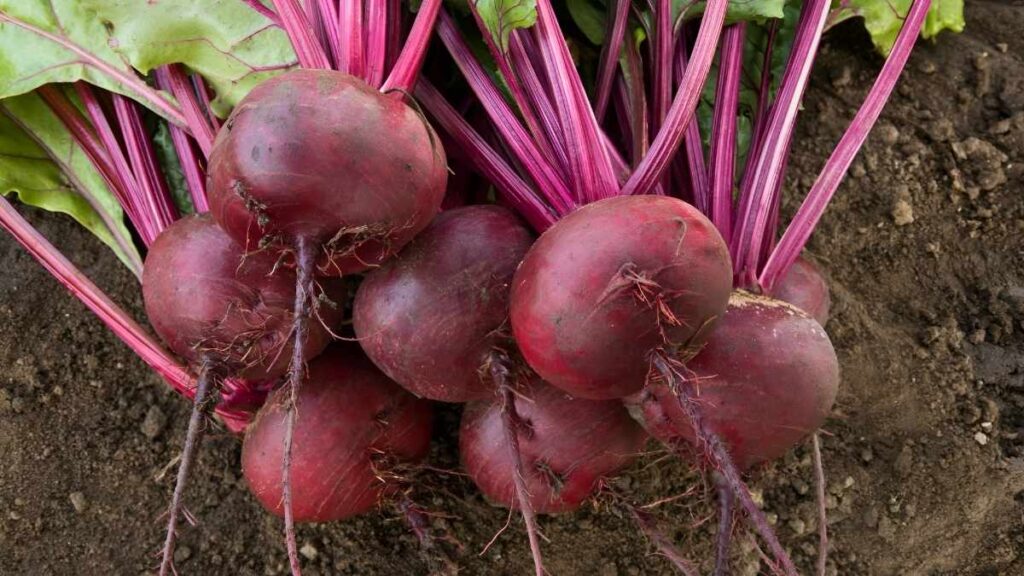
How to Grow:
- Containers: At least 12 inches deep for roots.
- Soil: Loose, well-draining mix rich in organic matter.
- Light: 12 hours of bright daily light.
- Watering: Keep soil consistently moist.
- Harvesting: Roots in 8–10 weeks; greens can be harvested earlier.
Benefits:
- Dual-purpose crop: roots for cooking, greens for salads.
- Sweet, tender roots ideal for winter recipes.
- Suitable for container growth with proper depth.
Tip: Thin seedlings early to prevent overcrowding and encourage straight root growth.
Peas
Peas are excellent for indoor gardening when provided with small support structures like trellises or stakes. They produce sweet, tender pods that add flavor and protein to winter meals. Peas grow well in medium-sized containers with nutrient-rich soil and require bright light for optimal growth. Dwarf or bush varieties are ideal for indoor spaces as they require minimal climbing support. Regular harvesting encourages continuous pod production throughout the season.
How to Grow:
- Containers: Medium pots, 8–10 inches deep.
- Soil: Well-draining, nutrient-rich soil.
- Light: 12 hours of sunlight or grow lights.
- Support: Trellises, stakes, or netting for climbing.
- Watering: Keep soil moist, not soggy.
- Harvesting: Pick pods when plump and tender.
Benefits:
- Sweet pods enhance winter meals.
- Lightweight vines are easy to manage indoors.
- High protein content adds nutritional value.
Tip: Choose dwarf or bush varieties indoors to minimize support needs.
Tips for Successful Indoor Winter Gardening
- Light: Use south-facing windows or grow lights for 12–16 hours per day.
- Temperature: Keep indoor temperatures between 60–70°F (15–21°C).
- Air circulation: Small fans help prevent fungal issues.
- Container size: Ensure pots are deep enough for root development.
- Soil quality: Use nutrient-rich, well-draining potting mix.
- Watering: Maintain even moisture; adjust for humidity and temperature.
- Regular harvesting: Encourages growth and prevents overcrowding.
Benefits of Indoor Winter Vegetables
- Enjoy fresh, homegrown produce year-round.
- Perfect for apartments, balconies, or small spaces.
- Supports healthy eating with nutrient-dense vegetables.
- Reduces exposure to pests and outdoor diseases.
- Promotes sustainable living by lowering reliance on store-bought produce.
Conclusion
Indoor winter gardening transforms cold months into a productive season. By growing leafy greens, carrots, radishes, green onions, herbs, beets, and peas, you can enjoy fresh, nutritious vegetables all year. With proper attention to light, temperature, soil, watering, and containers, your indoor garden can thrive even when outdoor conditions are harsh.
Winter doesn’t have to mean a vegetable drought bring the garden indoors and enjoy the joy of fresh, homegrown produce throughout the season.

